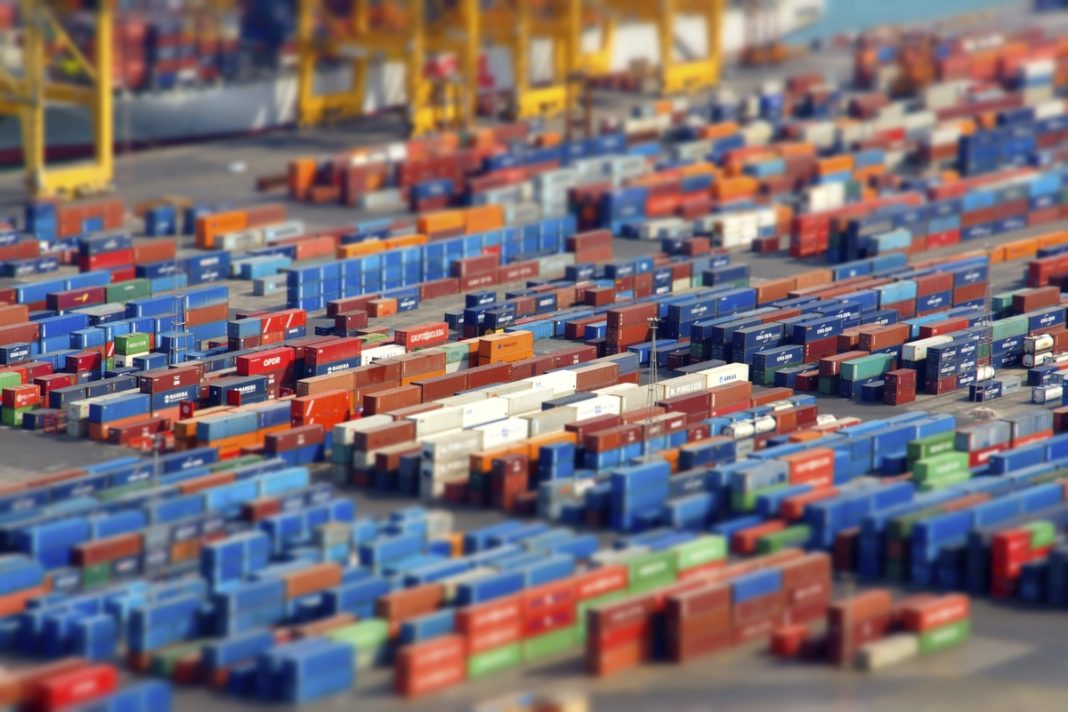In recent years, the global supply chain has faced unprecedented disruptions, from the COVID-19 pandemic to geopolitical tensions and natural disasters. These disruptions have highlighted the fragility of our interconnected global economy and the need for businesses to adapt swiftly to maintain operations. This article delves into the causes of these disruptions, their impacts on businesses and consumers, and strategies for navigating these turbulent times.
Understanding the Causes
The COVID-19 pandemic has been a significant disruptor, causing shutdowns of factories, altering transportation routes, and leading to labor shortages. Beyond the pandemic, geopolitical tensions, such as trade wars and sanctions, have further complicated international trade. Climate change has also played a role, with extreme weather events disrupting shipping routes and damaging infrastructure. Together, these factors have created a perfect storm, challenging the global supply chain’s resilience.
Impact on Businesses and Consumers
The ripple effects of these disruptions are far-reaching. Businesses face delays in receiving raw materials and components, leading to production slowdowns and inventory shortages. Consumers experience longer wait times and higher prices for goods, from electronics to groceries. Small and medium-sized enterprises (SMEs) are particularly vulnerable, lacking the resources of larger corporations to navigate these challenges.
Strategies for Resilience
Diversifying Supply Sources
One key strategy is diversifying supply sources to reduce dependency on a single supplier or region. By broadening their supplier base, businesses can mitigate risks and improve supply chain resilience.
Investing in Technology
Technology plays a critical role in enhancing supply chain visibility and agility. Solutions like blockchain for tracking, AI for demand forecasting, and IoT for monitoring goods in transit can help businesses anticipate disruptions and respond more effectively.
Building Strategic Stockpiles
Maintaining strategic stockpiles of critical components can buffer against short-term disruptions. While this requires upfront investment, it can be a lifeline during unexpected supply chain breakdowns.
Enhancing Collaboration
Collaborating more closely with suppliers, logistics providers, and even competitors can improve information sharing and coordination. Joint efforts to build more robust supply chains can benefit all parties involved.
Exploring Nearshoring and Onshoring
Bringing production closer to home (nearshoring) or back home (onshoring) can reduce reliance on distant suppliers and mitigate risks associated with international shipping and geopolitical tensions.
Fostering Flexibility
Adopting flexible manufacturing techniques and agile logistics strategies can help businesses adapt to changing circumstances. Flexibility to switch production lines or use alternative transportation methods can be crucial in overcoming disruptions.
The Path Forward
As businesses navigate the current landscape, it’s clear that a proactive approach to supply chain management is essential. Investing in resilience now can prepare businesses for future disruptions, ensuring they can continue to meet consumer demand and maintain competitive advantage. Governments also play a role in facilitating international trade, investing in infrastructure, and supporting businesses in building more resilient supply chains.
In conclusion, while global supply chain disruptions present significant challenges, they also offer an opportunity for businesses to rethink and strengthen their supply chain strategies. By embracing diversification, technology, collaboration, and flexibility, businesses can navigate these turbulent times and emerge stronger.

